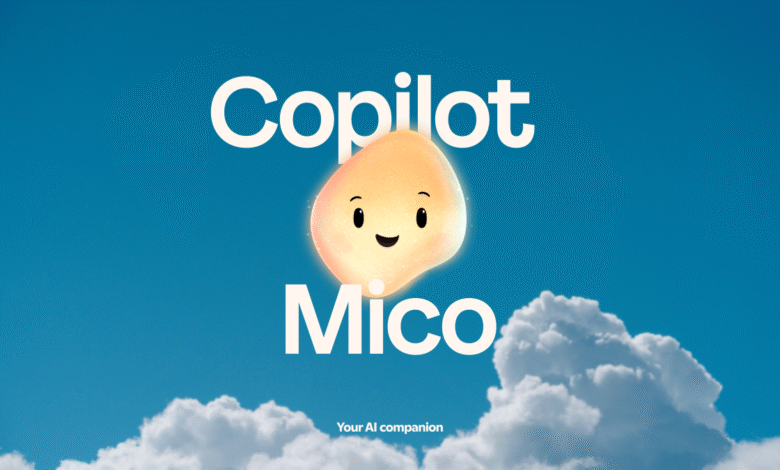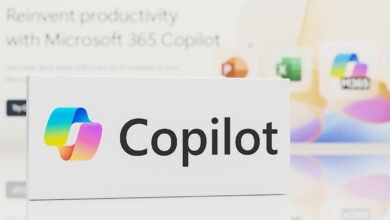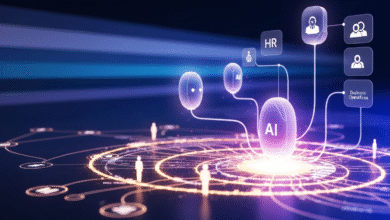Microsoft’s Mico: The AI Era’s Answer to Clippy

▼ Summary
– Microsoft introduced Mico, an expressive AI avatar for its Copilot chatbot that offers a warm, customizable visual presence during voice interactions.
– Mico includes an Easter egg that transforms it into Clippy when tapped multiple times, embracing Microsoft’s legacy assistant.
– The feature is enabled by default in voice mode for users in the U.S., Canada, and U.K., with options to save conversation memories and learn from feedback.
– Microsoft is developing a “Real Talk” mode to let Copilot mirror user conversation styles while maintaining its own perspective and challenging ideas.
– The fall update adds features like group chats, long-term memory, app connectors, and Edge browser AI integrations to compete with other AI tools.
Microsoft has unveiled Mico, a new visual avatar for its Copilot AI, signaling a fresh approach to making artificial intelligence feel more personable and accessible for everyday users. Revealed during the company’s recent fall event, this expressive, blob-like character is designed to offer a warm and customizable presence that listens and reacts during conversations, even changing colors based on interaction. Named as a nod to “Microsoft Copilot,” Mico represents Microsoft’s latest effort to give its AI a friendly face, one that may remind many of Clippy, the iconic and sometimes infamous assistant from years past.
In fact, Microsoft seems to be leaning into that nostalgic connection. Tapping Mico repeatedly triggers a fun Easter egg where it transforms into the classic paperclip character. While the feature is enabled by default in voice mode, users have the option to turn it off. Initially available in the United States, Canada, and the United Kingdom, Mico will also be capable of saving memories from your chats and learning from the feedback you provide.
A new “Learn Live” mode, currently for U.S. customers, allows Copilot to act as a tutor, guiding users through concepts rather than simply delivering answers. Microsoft has also rolled out enhancements in areas like health-related queries and in-depth research. According to Mustafa Suleyman, CEO of Microsoft AI, the company’s goal isn’t to maximize screen time but to build AI that helps people return to their lives, deepen human connections, and earn trust.
Microsoft isn’t alone in giving its AI a more human touch. ChatGPT offers multiple voice options for a richer visual and auditory experience, while xAI’s Grok has introduced risqué AI companions. A growing number of AI companion apps are attracting millions of downloads, showing clear consumer interest in AI with personality.
Still, it remains to be seen how people will respond to Mico’s floating, colorful design. Alongside the new avatar, Microsoft is developing a “Real Talk” mode intended to let Copilot mirror a user’s conversational style without being overly agreeable. Instead of simply echoing the user, this mode will offer its own perspective, sometimes challenging ideas to encourage different ways of thinking.
Striking the right balance between a conversational assistant and one that avoids leading users into unproductive or unrealistic conversations has been challenging across the industry. There have been reports of AI chatbots reinforcing delusional beliefs, highlighting the importance of responsible design.
The latest Copilot update includes several other new capabilities, such as inviting friends into AI chats, support for long-term memory, and connectors that link productivity tools like email and cloud storage. Microsoft Edge is also receiving expanded AI integrations, with plans to evolve it into a full AI browser that can summarize tabs, compare information, and perform tasks like booking hotels or completing forms. This positions Edge to compete with other AI-enhanced browsers, including those powered by OpenAI’s ChatGPT Atlas, Perplexity’s Comet, and Google’s Chrome with its integrated Gemini AI.
(Source: TechCrunch)





